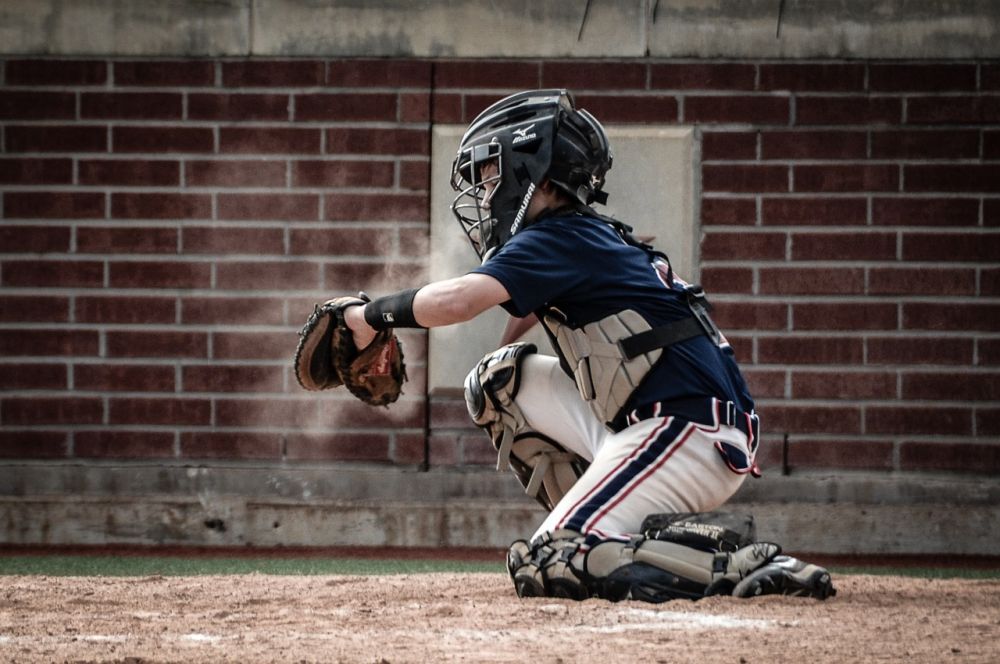Baseball Ball: The Ultimate Guide to Americas Favorite Pastime

Introduction
Baseball is a beloved sport in America, and at the heart of this game lies the baseball ball. As simple as it may seem, the baseball ball has undergone numerous changes and advancements over the years. In this comprehensive article, we will delve into the world of baseball balls, exploring their types, popularity, measurements, differences, and historical significance. Get ready to uncover the wonders behind America’s favorite pastime!
1. An Overview of the Baseball Ball

The baseball ball is a small, spherical object that serves as the core component of baseball. It is made up of a tightly wound cork or rubber center, which is surrounded by layers of wool, cotton, and polyester yarn. The exterior is then covered in a high-quality leather or synthetic material. The standard baseball ball is approximately 9 inches (22.9 cm) in circumference and weighs around 5 ounces (142 grams).
2. Types of Baseball Balls
There are various types of baseball balls that cater to different levels of play. The most common types include:
– Major League Baseball (MLB) Ball: This is the official baseball used in professional Major League Baseball games. It undergoes rigorous testing to meet specific requirements, ensuring consistent performance and fairness.
– Little League Ball: Designed for younger players, these balls are smaller in size, with a softer core for safety and easier handling.
– Training Balls: These specialized balls are used for practice purposes, incorporating features like weighted cores or reduced flight capabilities to enhance specific skills such as pitching or hitting.
– Rubber Balls: Rubber baseballs are typically used in recreational games, school gym classes, or backyard play. They are softer and less likely to cause injury.
3. Quantitative Measurements of Baseball Balls
To meet standard regulations, baseball balls are subject to specific quantitative measurements. The diameter or circumference of the ball is mandated to be 9 inches (22.9 cm), allowing for consistent play across all levels. The weight of the ball should be around 5 ounces (142 grams). These measurements ensure a fair and balanced game, as players need to adapt their technique accordingly.
4. Distinguishing Different Baseball Balls
Although all baseball balls may seem similar at first glance, there are distinct differences that set them apart. These variations can significantly impact the game, performance, and player experience. Factors that differentiate baseball balls include:
– Core Composition: The core material can range from cork to rubber, affecting the ball’s bounce and energy transfer upon impact.
– Yarn Winding: The method and density of yarn winding influence the ball’s hardness, durability, and flight characteristics.
– Cover Materials: Different balls may feature leather or synthetic covers, resulting in variations in grip, grip retention, and overall feel.
5. Historical Overview and Pros and Cons of Baseball Balls
Throughout the history of baseball, there have been ongoing debates and changes related to the advantages and disadvantages of different baseball balls. Here is a brief overview of some key moments:
– Early Balls: Baseballs in the 19th century were significantly softer and more prone to unraveling due to their primitive construction.
– Dead Ball Era: From the late 19th century through the early 20th century, baseballs had a lower rebound effect, favoring pitchers and defensive play.
– Live Ball Era: In the 1920s, baseballs underwent changes to feature a livelier core, resulting in increased offensive gameplay and more home runs.
– Modern Era: Today, baseball balls strike a balance between durability, performance, and safety, ensuring fair play at all levels.
Video Insert:
[Description: This video showcases the manufacturing process of a baseball ball, from the core assembly to the final stitching and cover application.]
Conclusion
The baseball ball is an integral part of America’s favorite pastime, serving as the catalyst for thrilling moments on the diamond. From its origins to its current form, the baseball ball has undergone significant advancements while maintaining its core attributes. Whether you are enjoying a Major League Baseball game or playing in your backyard, understanding the intricacies and history behind the baseball ball adds a new dimension to your experience.
















































